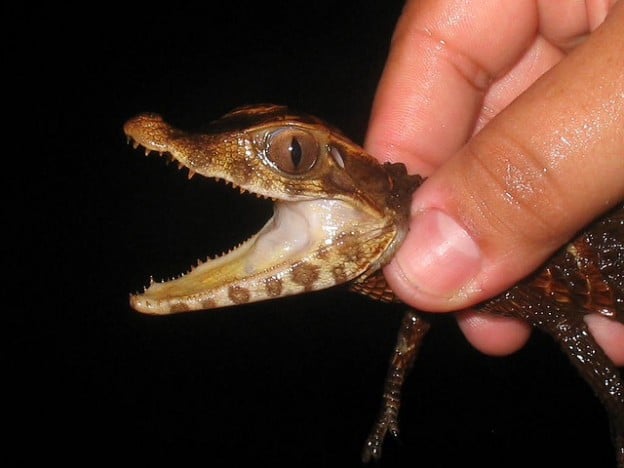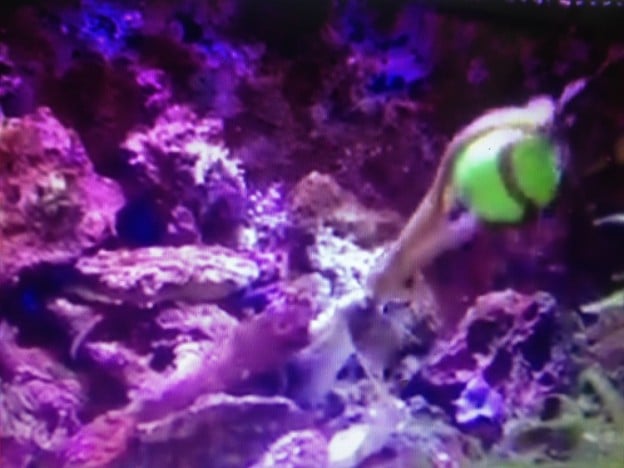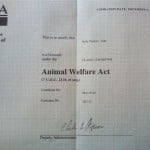Hello fellow science enthusiasts!
My name is Kyle Taitt and I study Zoology and Evolutionary Biology in Fort Collins, CO.
I have always felt inspired by the natural world around me, and have dedicated my energy and passion to developing an understanding of what makes we humans unique from the other animals. Provided with this information, it may not come as a surprise that I have always been particularly drawn to nonhuman primates.
This page will primarily consist of posts on Evolutionary Biology, Ethology (s.o. Animal Behavior) and Primatology; with the primary, recurring topic being the progress made in my ongoing training of a Common Marmoset Monkey (Callithrix jacchus) named ‘Bubba’.
Several years dedicated to studying primate taxonomy, behaviors, ecology and captive husbandry led to my taking on the full-time care of a fellow higher primate. I rescued Bubba from a breeding facility in Missouri in September of 2010, which has since been closed due to the poor conditions in which the animals were kept. When Bubba was initially taken on he was over 1-year-old, missing about 2/3 his tail, highly aggressive towards people, malnourished and psychologically distressed.
Countless hours of positive reinforcement training, operant conditioning and interactive enrichment combined with plenty of patience, love and social grooming have transformed this pint-sized primate into an extremely inquisitive individual capable of demonstrating feats of cognition not commonly associated with smaller primates.
Advances in modern neuroscience have made available stunningly detailed atlases of the neuroanatomical structures belonging to organisms as varied as humans and mice. The book ‘The Marmoset Brain in Stereotaxic Coordinates’ (Paxinos, Watson, Petrides, Rosa, Tokuno) has become a popular book of reference for those studying primate cognition, behavioral neuroscience, neuroanatomy and molecular biology alike.
While the chemistry, neuroanatomy, and molecular biology are all of growing importance in our collective knowledge and interpretation of animal behaviors; my primary focus will be on finding out just what this complex biological machine (the marmoset brain) is capable of learning when properly taught. So far, the results of my work with Bubba have been promising, and I am very confident in his ability to learn new behaviors when properly introduced and encouraged using positive reinforcement.
A large part of Bubba’s current training is dedicated to testing his ability to differentiate between various objects. The picture at the top of this page is that of Bubba demonstrating his ability to tell the difference between an ammonite and trilobite fossil; pretty impressive for a 320 gram primate!
Eventually, another small, similarly rescued monkey will enter the picture to keep Bubba full-time company when I am no longer able to consistently dedicate the daylight hours of every day to his stimulation, training and social/psychological well-being. Currently, I plan my days around Bubba’s psychological well-being; I only work nights when Bubba is sleeping and take all of my courses either in mornings before he wakes up (which is around 8:30 am), online, or on the nights I do not work.
In addition to primate studies, the work of Professor Binyamin Hochner of the Hebrew University of Jerusalem has inspired me to take on independent behavioral studies on a captive cephalopod, specifically Octopus briareus. Currently, I have a marine tank which has cycled for two months and will hopefully be fully prepared for the Caribbean Reef Octopus within the next few months. The behaviors and learning abilities of the cephalopod specimen will be carefully monitored, examined, documented and then shared with my peers in the science community for peer review and discussion.
I feel fortunate to have found an outlet in the science community where I will be able to share the results of the independent research I am doing, and look forward to learning from the posts of my peers as well!
Important Note: I do NOT in any way condone or support the sale, breeding, trade or ‘ownership’ of nonhuman primates, or indeed any other wild (and potentially dangerous) animals. These animals belong in the wild or under the care of professionals with proper experience and knowledge to provide these intelligent and infinitely curious cousins of ours with the respect, care and attention they need to lead healthy lives in captivity. Monkeys are not, and will never be, anybody’s ‘pet’.
I am a proud supporter of the Captive Primate Safety Act (which aims at ending the breeding of nonhuman primates in the ‘pet’ trade in the USA) and the Great Ape Project (which aims at having the basic human rights given to all our fellow Homo sapiens extended to our closest cousins: the Chimpanzees, Gorillas, Bonobos, and Orangutans.
“There is grandeur in this view of life, with its several powers, having been originally breathed into a few forms or into one; and that, whilst this planet has gone cycling on according to the fixed law of gravity, from so simple a beginning endless forms most beautiful and most wonderful have been, and are being, evolved.”
Charles Darwin, The Origin of Species 1859


